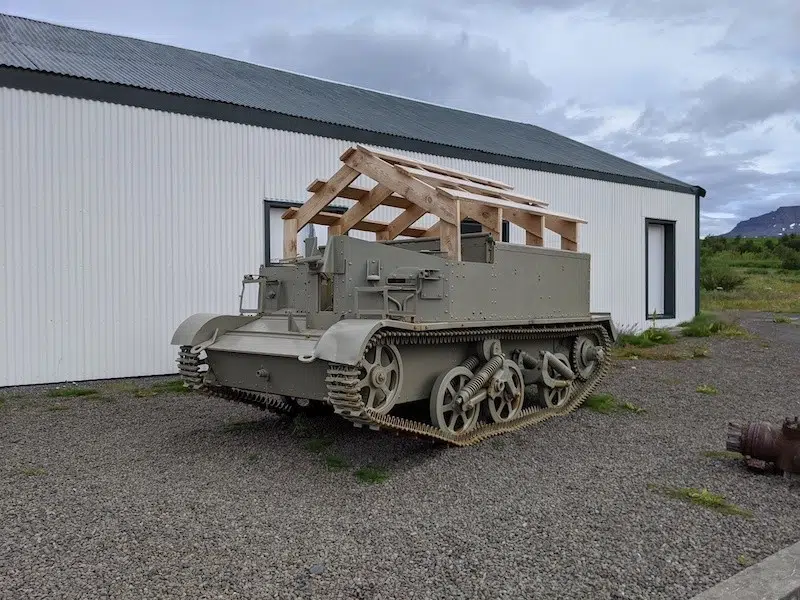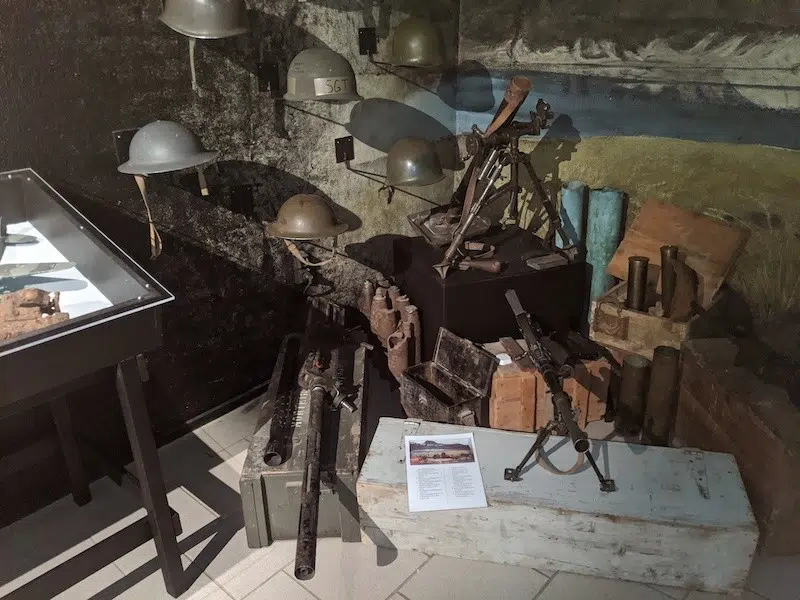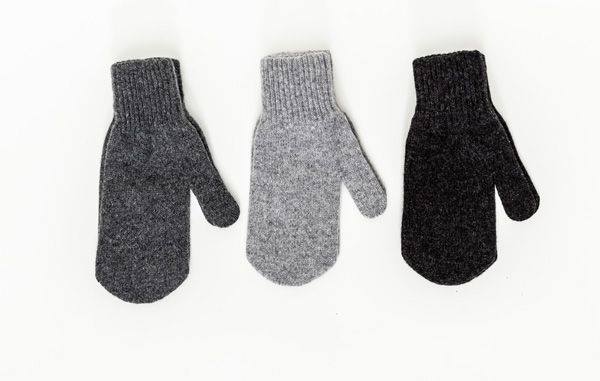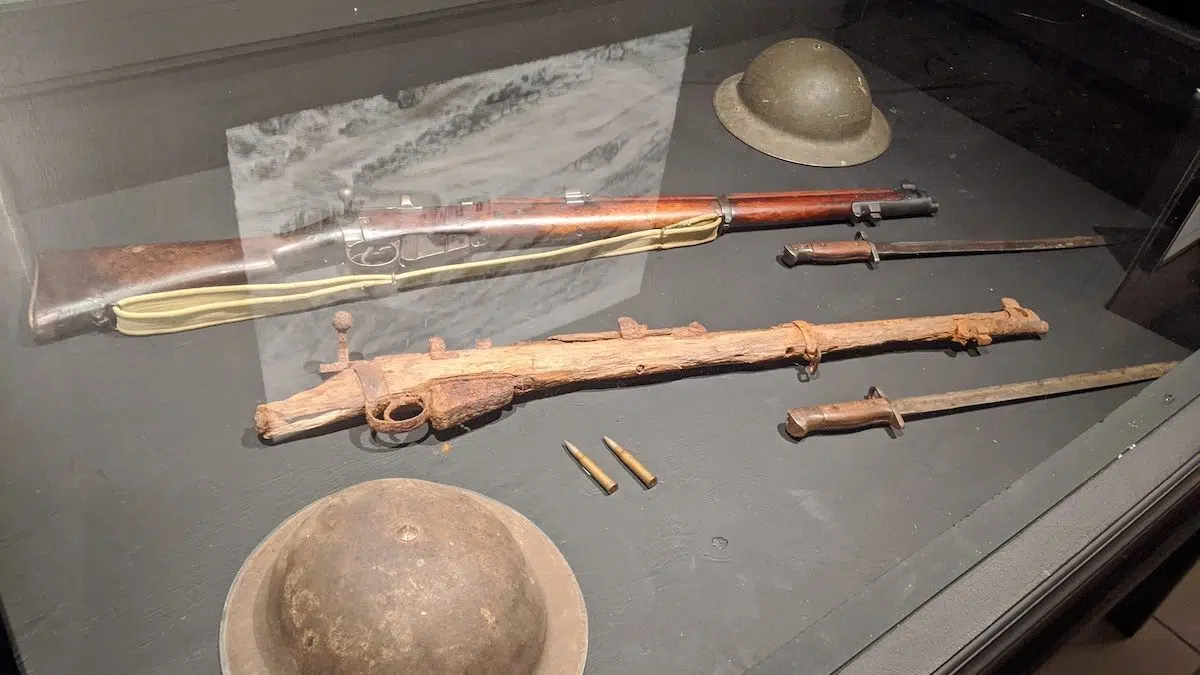The second world war in Iceland was a peculiar time. Thankfully the country did not experience fighting, although sailors risk their lives fishing and transporting fish to Britain. Submarine attacks or air raids killed about 160 Icelandic sailors.
Subscribe to my newsletter for exclusive discount codes that will give you savings on 150 Iceland tours and travel services.
Subscribe to the Stuck in Iceland newsletterReceive exclusive promo codes for tours, car rental, camper van rental, and outdoor clothing rental. Get occasional updates about new content. I will never give your data to a third party without consent.
Thank you
Jon Heidar, Editor of Stuck in Iceland Travel Magazine

Few remains from the second war in Iceland but a lot of history
Iceland does not have a lot of archeological remains from the war. In Reykjavik, you can go to Öskjuhlíð near the airport and find some concrete foundations of various buildings dating from the second world war. There is still a machine gun nest at the beach at Nautholsvík cove. Near the meteorological office, there are a couple of machine guns nests.

A great world war II museum in the eastern town of Reyðarfjörður
The Reyðarfjörður wartime museum in the east of Iceland is the only place with a significant collection of wartime hardware. The allies built the hospital complex which houses the museum. The hospital building is a mystery. The official explanation is that it was built to prepare for an invasion into Norway, but I am not sure if that is the case. I have also heard the anecdote that it was a part of a disinformation campaign to hide the actual invasion into Normandy.

Guns and vehicles on display
The Reyðarfjörður world war museum displays guns, vehicles, uniforms, vehicles, and other equipment from the second world war. It commemorates Þorsteinn Jónsson, an Icelandic pilot who distinguished himself while flying for the British in the second world war. The museum tells the story of how eight British soldiers died during a wintertime exercise near Seyðisfjörður and how many others were saved. It also has the remains of a German plane that crashed nearby during the war. If you are interested in the second world war, I would definitely visit it.
Iceland was a strategic location for the allied powers
Tens of thousands of allied soldiers, sailors, and marines flooded Iceland. In the town of Reyðarfjörður, there were 300 inhabitants but 3.000 soldiers (!). Iceland was occupied to secure the allied position in the North Atlantic and the country and the forces there played a key role in the Battle of the Atlantic. Iceland was an important waypoint and rallying point for convoys heading to Europe from the United States, and the allied convoys supplying the Soviet Union. German submarines had to worry about ships and airplanes operating from Iceland.
Boredom is better than bullets
Allied military personnel was most at risk of dying from boredom or bad weather rather than enemy bullets. Money flowed in, and a lot of people made a killing. My house is from 1944. It has all the hallmarks of being made with wartime money.
The second world war transformed Iceland
World war two transformed Iceland. Some people will claim that the war brought modernity to Iceland. I think that is an overstatement. Modernity was well underway in 1940 when the British occupied Iceland. But the war certainly supercharged Iceland’s journey from being one of the poorest countries in Europe to being one of its richest. This did not start to happen, however, until the Americans arrived in 1941.
The mitten black market
Icelanders were unimpressed by the British soldiers. They were young, skinny, poorly clothed with old equipment. They were miserable in the Icelandic cold. Nobody believed they would stop a German invasion. My grandparents told me about the roaring trade women in Akureyri did with British soldiers, selling them woolen mittens. However, you can’t pull the trigger of a rifle if you are wearing a traditional Icelandic mitten. So this was strictly forbidden by officers. But the trade went on nevertheless. The US forces did not lack anything in equipment or weapons, however. Their arrival brought an economic boom to Iceland.

Housing shortage solved by military camps
Europe had to be rebuilt from devastating conflict. However, Icelanders were busy upgrading their lives, from turf huts to modern housing, from walking or riding horses to driving cars. People flocked to Reykjavik from the countryside. At the end of the war, abandoned military camps were full of people who lacked proper housing. In the sixties, the last camps were dismantled. The people who were forced to live in the camps faced discrimination as things weren’t challenging enough for them already.
Death from above
There were many instances of German planes appearing over Iceland. Most of them were long-range bombers such as the Focke-Wulf Fw Condor operated out of occupied Norway. In the eastern town of Seyðisfjörður, a boy lost a leg in a German air-raid in 1942. The intended target was not the boy and his friends but an oil tanker on the fjord. Again, this attack was intended to interfere with the convoys supplying the Soviets. The USAAF scored its first victory against the Germans when it shot down a Condor over Iceland in August 1942.

Grandma kept her cool while guns blazed
A German plane destroyed a lighthouse on the tiny North Western Iceland of Grímsey, perhaps as a part of a campaign to disrupt supply convoys heading to the Soviet Union. In 1944 as my grandmother was walking home as a teenage girl, American soldiers opened fire with their anti-aircraft batteries at a German plane appearing over the town of Akureyri. My late grandmother walked right past the firing cannons as alarmed soldiers begged her to seek shelter or at least put on a helmet. My great-grandfather had strictly forbidden his daughters to interact with soldiers. He was not a man you disobeyed, not even when guns were blazing, and soldiers screamed at you.
Naivety about war
Icelanders have always been a little naive about the war. I remember seeing a photo of a British warship just off Akureyri posted on a Facebook group by a relative of the photographer. I commented that the photographer risked their life just by taking that picture. That comment astounded people in the Facebook group. They had no idea of severe penalties for suspected espionage activity in wartime.
Let’s remember the second world war
At Hvalfjörður, there was a massive naval base and later a NATO refueling facility. In Reykjavik, the British built an airport that still operates. However, the city sees it as a valuable real estate development zone and rightly does its best to get rid of the airport. Hopefully, we will still remember the tumultuous time the second world war was for Iceland and the world. Even when this relic of the war has been turned into a cozy residential area.
How to get to the Reyðarfjörður wartime museum




